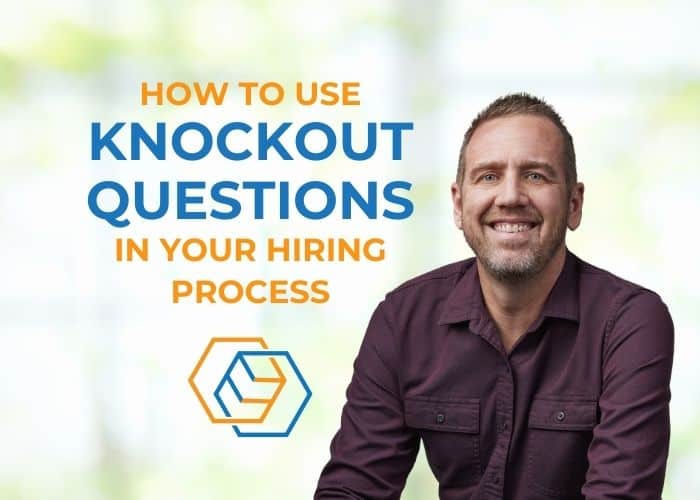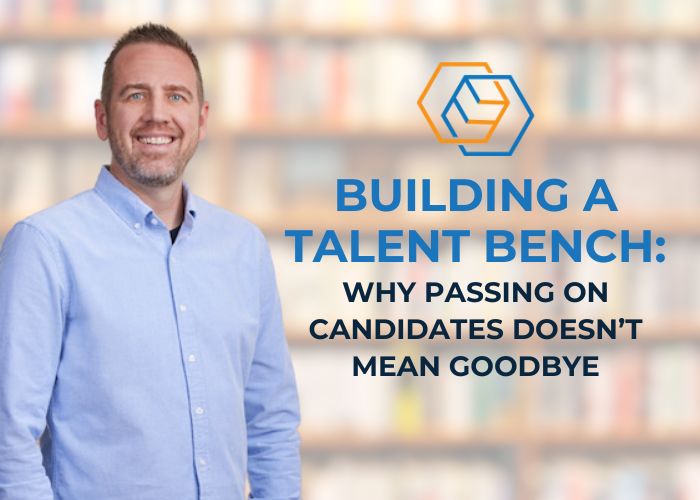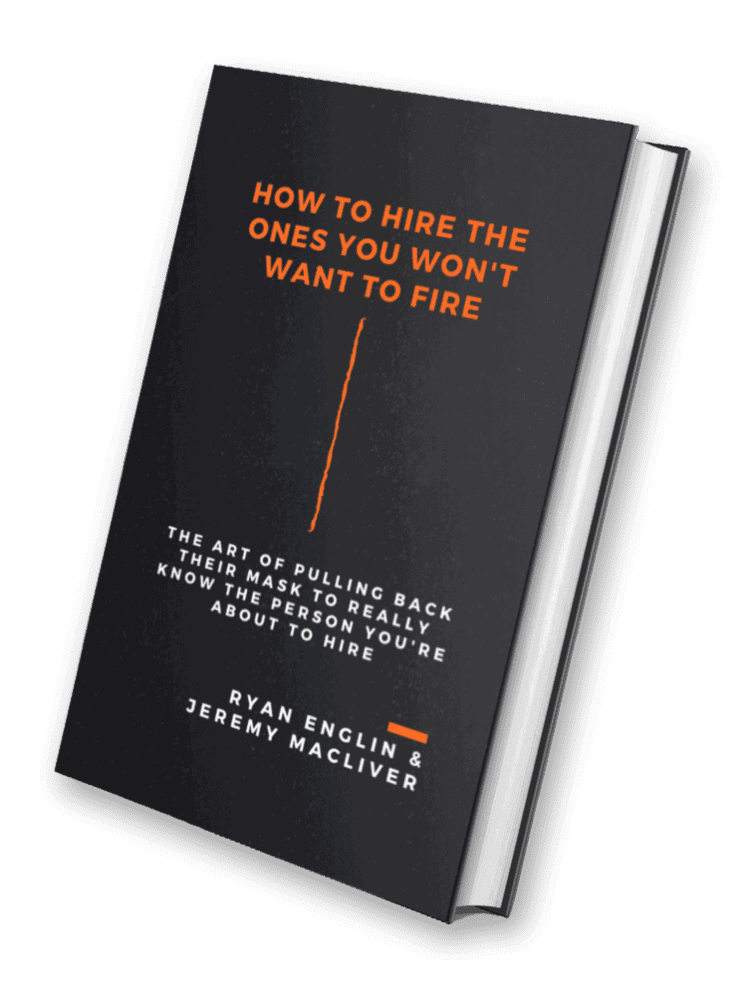The Real Cost of a Bad Hire

You’ve done the math and you know the cost of a bad hire. Even if you haven’t figured it out yet, it’s more than you think. A lot more.
The size of your business impacts the numbers. Small businesses actually spend more on training and their overall cost of a bad hire is more than big businesses.
The Immeasurable Cost of a Bad Hire
Small businesses lose somewhere between $25,000-$50,000 when they choose – and lose – a bad hire. Some of the immeasurable costs include:
- Management burnout – You, your supervisors, and your team leads will likely experience disappointment after a bad hiring experience. This negativity can impact overall business management and trickle down to employees.
- Morale – Especially in small businesses, a bad hire can negatively affect the entire workplace. Eventually, the resentment your employees feel can be aimed at you; the one who hired the employee.
- Productivity – This is the most immeasurable and perhaps the biggest cost of a bad hire. Just one bad hire added to a high-performing group can lower the team’s productivity by 30-40%. The entire time a new hire isn’t contributing or adding to profitability, long-term employees have to pick up the slack. If this goes on too long, one employee will build resentment and that attitude can quickly become contagious. Instead of picking up the slack, resentful employees drop the ball. And start looking for work elsewhere.
- Recruiting, training, onboarding – From job ads, interviews, background checks, drug screens, on-the-job orientation, paperwork, insurance, and more…the cost of a bad hire is extensive. When a new hire doesn’t work out, all that time and money is wasted. Plus you have to repeat the process to find a replacement.
- Turnover – This is a worst-case scenario, but the cost of a bad hire includes the risk of losing top performers. If they feel your standards are low, they’ll start to think they’d be better off at another company. A-players want to be surrounded by other A-players.
Training
If you’re lucky, you’ll only lose a week’s worth of time in new hire training. What’s your time worth? What’s your manager’s or team lead’s time worth? If your new hire’s trainer earns $36/hour, that’s over $1,400. Add the new hire’s salary and that’s just a fraction of the cost of a bad hire.
Your industry is another factor in the cost of a bad hire. Training an administrative assistant is nothing like safety training for an in-the-field technician. Specialized training is more time consuming and more expensive.
If you want to estimate the cost of training new hires for your business, you can factor:
- Training time and materials
- Productivity loss – new hire’s plus trainer’s salary per hour
- Outside training – classroom, online, certifications, etc.
Because 43.98% of new-hire turnover occurs within the first six months, you want to be sure you’re doing the best training and onboarding possible. When that new hire leaves, you’ll spend up to an additional 21.4% finding a replacement. You can see how the cost of a bad hire adds up.
Clues Your New Hire Is a Bad Hire
Setting proper expectations and maintaining regular communication with your new hire can help you determine if you made a mistake. Watch for these on-the-job red flags and don’t wait too long to respond:
- Absenteeism – The cost of a bad hire includes last-minute illnesses, family problems, car problems, and on and on. You’ve “heard it all” and with your bad hire, you’ll hear it all again.
- Brand credibility – Along with a drop in customer satisfaction or employee morale, the cost of a bad hire can include compromising your image. Every person in your company is an ambassador. They represent your business and its standards. A bad hire can have good employees grumbling outside the workplace. Without even knowing it, they’re giving your competitors an edge.
- Customer satisfaction or loss – If your company is service-oriented rather than retail, you won’t know you’ve taken a hit until next year. Your best hope is that customers will complain. Then you can do damage control. Otherwise, your bad hire will cost you good clients.
- Management time – Time spent focusing on the bad hire takes its toll in other areas. That can be a direct cost and opportunities lost while you’re overseeing the bad hire.
- Mistakes – Minor mistakes happen, but the cost of a bad hire can include too many minor mistakes and some very serious errors. Respond quickly. Don’t let valuable employees cover the cost of a bad hire.
- Revenue drop – If your top performers generate X number of dollars per week/month/year, your bad hire won’t come close. Your goal is to fill your team with better people so you can reach your productivity and profitability goals while staying true to your company’s values.
Why Bad Hires Keep Happening
The on-paper costs of hiring a bad fit for your company are bad enough. As we examine the true cost of a bad hire, the question is: why does it keep happening?
One reason is companies are in a hurry to fill the gap left by another employee’s exit. Your team is overextended and overworked; they’re starting to stress about hours. “Too often, hiring managers are so anxious to put a body in the chair that they overlook candidates’ flaws and end up hiring someone who really doesn’t meet the needs of the job,” says CareerBuilder.
Don’t blame the misfit you hired. Blame the hiring manager. If that person is you, it’s time to check your interviewing and hiring skills. “There is an assumption that because someone is a manager, they know how to interview and hire the right person for the job,” said one Las Vegas human resources advisor. Perhaps you need to recognize your managerial strengths lie elsewhere and ask for guidance when it comes to your next hire.
Appearances Are Deceiving
During the interview process, potential employees who can deliver the best work consistently are fully competent and highly motivated. Here are the runners-up, and you may recognize one or more in your bad hire recruitment history:
- Fully competent, but not highly motivated – This person has the skills and experience. They seem like a safe bet. But, it turns out to be short-term because their drive doesn’t match your needs.
- Not fully competent, and not highly motivated – This is your typical bad hire. They probably made a good presentation and said all the right things during the interview. But they didn’t actually have the experience or knowledge to back up their canned answers. You were in a hurry and didn’t notice. This turns out to be short-term because they didn’t end up being the candidate you thought they were.
- Not competent, but highly motivated – This is the worst possible hire. This person can actually do some damage before you realize their mistakes. During the interview, their presentation was excellent and enthusiastic. “I’m a quick learner,” was emphasized. Unfortunately, they don’t have the background or experience to meet the needs of the role. This turns out to be short-term because their mistakes and lack of knowledge makes them a liability.
Put a Recruitment Marketing Plan in Place
There’s a lot that goes into calculating the cost of a bad hire – from the obvious financial costs to the less noticeable morale issues. You need to put a system in place that will help you screen bad applicants before you bring them into your business. Recruitment marketing will help you attract, hire, and retain the right people by positioning your company as the place to work.



